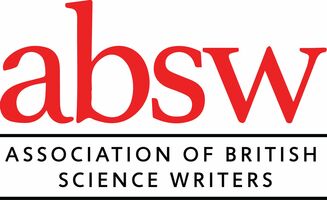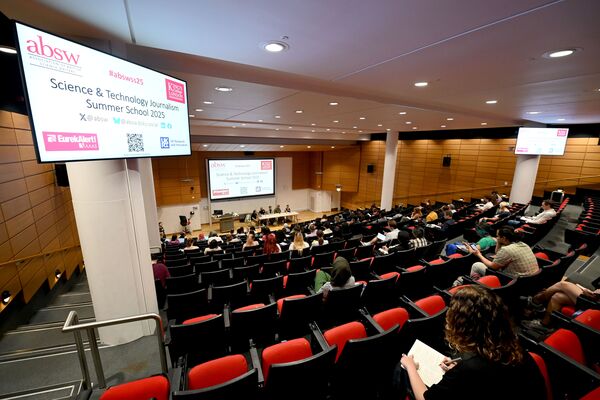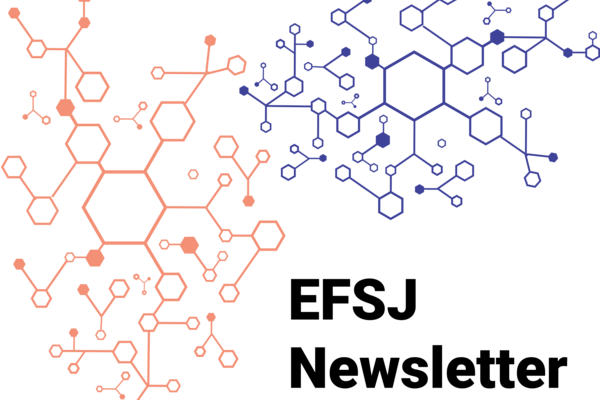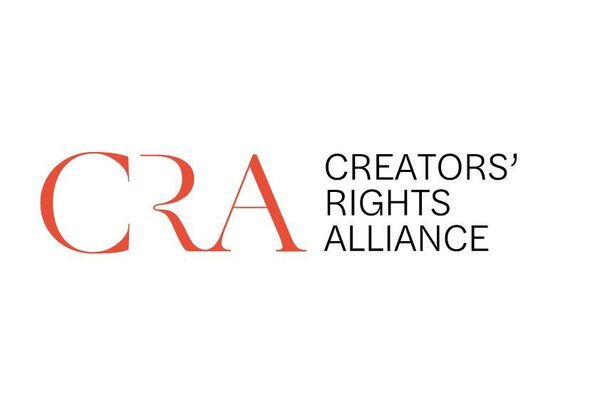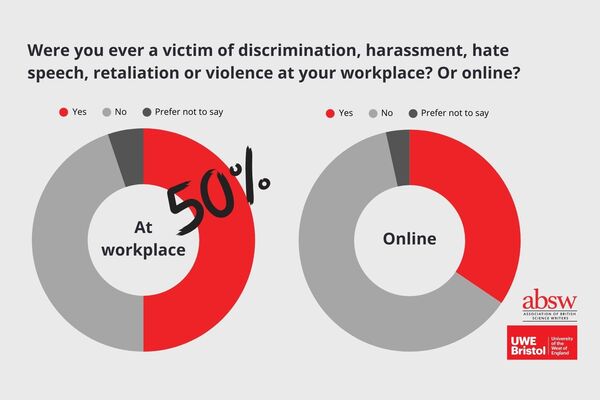Photo credit: Mark Lewis Photography
Research papers are at the forefront of the scientific process, and science writers are vital in bridging the gap between researchers and a wider audience. On 26th June, at the ABSW Science and Technology Journalism Summer School 2025, ABSW Chair Andy Extance held a workshop inviting Emma Stoye (Senior News Editor, Nature), Sarah Wild (Freelance Science Journalist), Dalmeet Singh Chawla (Freelance Science Journalist) to discuss how science journalists can navigate the science publishing landscape to find the most valuable stories within academic papers, using meaningful examples.
The number of scientific papers published annually has seen an exponential increase in recent years (Ref: ScienceAdvisor, accessed 03/07/2025). Whether you are a part of a newsroom or working freelance, following relevant journals can be an important first step for science writers under tight time pressures. Stoye remarked that for large publishers like Nature, reporters may utilise in-house journals/publishing to find interesting research to cover. However, freelance writers may need to adapt their approach to find ‘hidden gem’ papers, especially if they are at the outset of their careers, to stand out. Wild emphasised the importance of building independent relationships with institutions and researchers to get first access to research before it breaks, either locally or by attending research conferences.
Of course, there are more remote ways to engage with new science literature if physical and financial barriers make in-person travel difficult, which the panel explored. Often, conference programmes can be found online, including detailed lists of presenters and their associated groups or institutions, which can be used as crucial points of contact. Additionally, if finding diverse voices within a field is a struggle, AI (when used precisely) can be a good help, said Stoye.
Time pressures from outlets can make navigating scientific papers tricky. It may be tempting to rely on press releases, other reporting or ‘Churnalism’ as termed by Chawla, to form the basis of your story. Press releases can often sensationalise research in an attempt to gain media attention. Therefore, as laborious as it may be, papers must be parsed through to uncover unique and accurate narratives to present to audiences, particularly for widely covered papers.
‘If you actually want something that's telling you something new and important, then you're not going to get that from AI or any other shortcut […] knowledge is still a really important thing in this world.’ – Andy Extance
Each speaker offered their insight on working as efficiently as possible. Regardless of technical background, science papers can prove difficult to get to grips with. For Stoye, a good way to simplify complex concepts and identify key information in a paper could be through discussions with authors.
‘Don’t be afraid of asking a ‘stupid’ question or admitting that you don’t have subject knowledge […] often when researchers think you understand less than you do, they can give you some really good quotes.’ – Emma Stoye
Synthesising key information into one sentence (topline) can be crucial for pinpointing the underlying meaning of a paper, which can help with creating relevant headlines. Author interviews are also a good way to add an emotional element to an article or feature.
However, balanced narratives should not solely rely on the author’s point of view to explain the significance of a paper. Chawla and Stoye echoed similar sentiments. Creating a list of independent experts in the field to contact for further comment can be a good way to verify the technical aspects of a paper and its impact.
As science writers, we may believe that the most valuable stories can only be uncovered in research that is clear-cut or discovers something new. However, we shouldn’t steer away from stories that bring disagreement or scepticism from field experts, as this can bring a more layered discussion for audiences to consider. During the writing process, it is vital to consider your readership at all times.
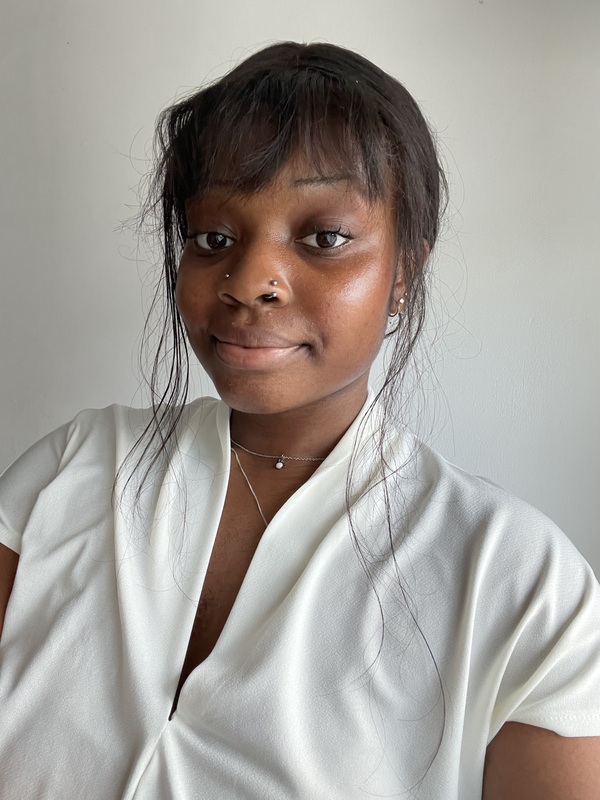
Sandra Ogholaja-Ogboru is a freelance science writer at the outset of their career. With a technical background in the chemical sciences, they are particularly interested in reporting community conversations around the culture of STEM and what it means to be a scientist, the art of translating complex scientific concepts to a wider audience, and effective strategies to combat misinformation. They have experience in technical scientific writing, science communication, and event organising within STEM institutions. Before pursuing freelancing, Sandra earned a master’s degree in Molecular Engineering from Imperial College London, where their passion for chemical sciences and public engagement was fortified.
Sandra was awarded a Diversity Scholarship 2025.
